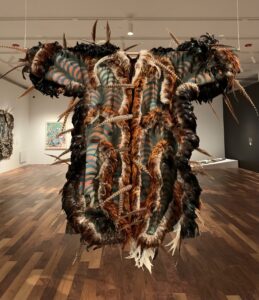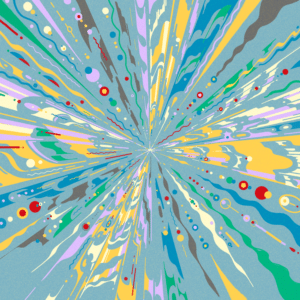“Judd,” the Museum of Modern Art‘s newest exhibition, explores the evolution of work by American artist Donald Judd, who is known for his seemingly simple sculptures using colorful, geometric blocks. In MoMA’s presentation—the first US retrospective on Judd in more than 30 years—visitors can observe his “lifelong appetite for change” across pivotal transitions in his artistic process.
One of the most common misconceptions about Donald Judd’s art is that it is relatively simple—in essence, a wholly consistent progression of sculptures of geometric stacks, boxes and furniture. Ann Temkin, the chief curator of painting and sculpture at the Museum of Modern Art (MoMA), has set out to rectify that in a new exhibition simply titled Judd, which argues that the artist’s oeuvre is in fact strikingly experimental and subject to change as well as continuity.
“I like to think there’s a specific kind of artist who thrives on setting [themselves] a very narrow set of parameters and then uses that narrow set to prove how wildly imaginative [they] can be,” Temkin says. “There is a great deal of development and change during the course of the career, and one might apply the word ‘difference’ much more than the word ‘sameness’ to [Judd’s] body of work.”
The exhibition is the first survey of Judd’s work to be organised in the US in more than three decades, and features 70 works dating from 1960 to 1992. The exhibition opens with two flat untitled paintings from 1960 and 1961, made just before a pivotal turning point in his art. By 1962, Judd’s paintings were encompassing three-dimensional objects, and later that year he produced a freestanding wooden sculpture in cadmium red to which a black metal pipe was affixed. Soon he was fashioning stacks of rectangular lacquered modules that project from the wall.







